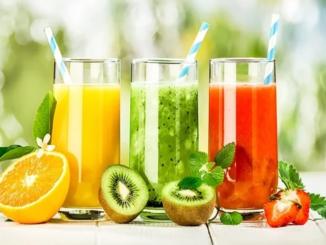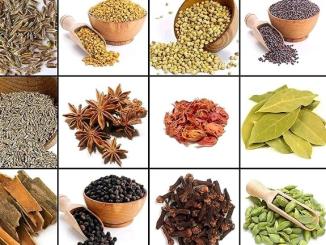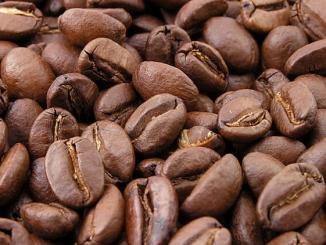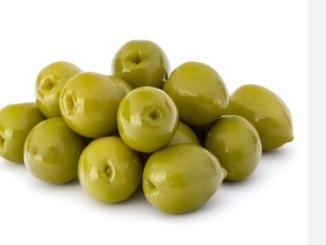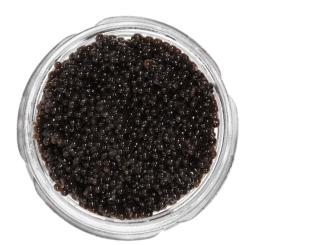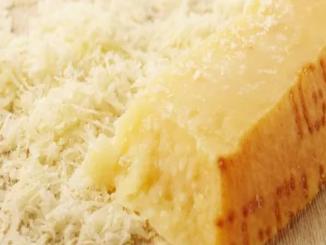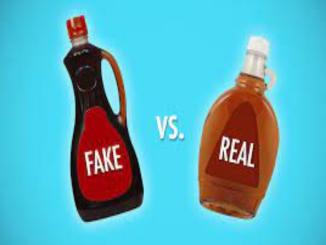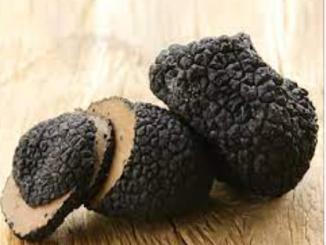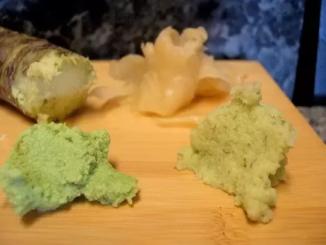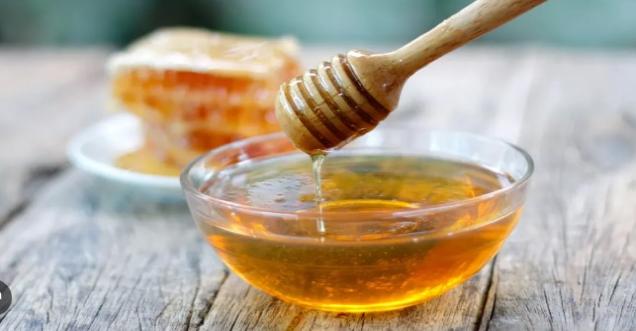
Is Honey one of the most faked foods in the world
Honey is a sweet, viscous liquid that is produced by honeybees. It is made from the nectar of flowers and contains various minerals, vitamins, and antioxidants. Honey is a popular ingredient in food and beverages and used for medicinal purposes.
Fake honey is made from various ingredients, including corn syrup, sugar, and artificial flavours. It is often dyed to resemble real honey and may also be flavoured with artificial flavours. Fake honey is typically much cheaper than natural honey but has a different taste and health benefits.
There are a few ways to identify fake honey:
· The colour: Real honey is typically a light amber colour. Fake honey may be darker in colour, and it may also have a different sheen.
· The texture: Real honey is smooth and thick. Fake honey may be runny or grainy.
· The flavor: Real honey has a sweet, floral flavour. Fake honey may have a more robust, more artificial flavour.
· The price: Real honey is expensive. If you are offered honey at a very low price, it is likely to be fake.
· The water content: Real honey has a water content of around 18%. Fake honey may have a higher water content, making it runny and less flavorful.
· The smoke test: Real honey will not smoke when burned. Fake honey will smoke when burned.
If you are unsure whether the honey you are buying is real, it is best to avoid it. There are many other delicious and affordable honey alternatives available.
Here are some of the most common ingredients used to make fake honey:
· Corn syrup: Corn syrup is the most common ingredient to make fake honey. It is a cheap, sweet liquid that can be dyed to resemble real honey.
· Sugar: Sugar is another common ingredient used to make fake honey. It is also a cheap and sweet liquid but does not have the same flavour or texture as real honey.
· Artificial flavours: Artificial flavours often give fake honey a more authentic flavour.
· Glucose syrup: Glucose syrup is a sugar syrup often used to make fake honey. It is a clear, viscous liquid easily dyed to resemble real honey.
Fake honey is often sold in jars or tins labelled as "honey" or "natural honey." However, it is essential to read the label carefully to ensure the product is real honey. If the label does not specify that the product is real honey, it will likely be fake.
It is also important to be aware of the price of honey. Real honey is expensive, so if you are offered a very low price, it will likely be fake.
If you are unsure whether the honey you are buying is real, it is best to avoid it. There are many other delicious and affordable honey alternatives available.
Here are some tips for buying honey:
· Buy honey from a reputable source. This could be a speciality food store, a grocery store with a good bulk food section, or an online retailer that sells natural products.
· Look for honey labelled as "raw" or "unpasteurized." Raw honey has not been heated, which preserves its flavour and nutrients.
· Avoid honey that is labelled as "blended" or "natural honey." These terms are often used to describe honey that has been mixed with other sweeteners, such as corn syrup.
· If you are unsure whether the honey you buy is real, you can do a simple test at home. Add a few drops of honey to a glass of water. If the honey is real, it will sink to the bottom of the glass. If the honey is fake, it will float on the water.
How honey is faked
Honey is faked by adding other sweeteners, such as corn syrup, sugar, and artificial flavours. It is often dyed to resemble real honey, and it may also be filtered to remove pollen, which can be used to identify the source of the honey.
Here are some of the most common ways to fake honey:
· Dilution: Honey is diluted with water or other sweeteners to reduce the cost.
· Filtering: Honey is filtered to remove pollen, which can be used to identify the source of the honey.
· Adding artificial flavours: Artificial flavours are added to give fake honey a more authentic flavour.
· Using high-fructose corn syrup: High-fructose corn syrup is a cheap sweetener often used to make fake honey. It has a similar sweetness to honey but not the same flavour or texture.
· Using glucose syrup: Glucose syrup is a sugar syrup often used to make fake honey. It is a clear, viscous liquid easily dyed to resemble real honey.
Fake honey is often sold in jars or tins labelled as "honey" or "natural honey." However, it is essential to read the label carefully to ensure the product is real honey. If the label does not specify that the product is real honey, it will likely be fake.
It is also important to be aware of the price of honey. Real honey is expensive, so it will likely be fake if offered a meagre price.
There are a few things you can do to avoid buying fake honey:
· Buy honey from a reputable source. This could be a speciality food store, a grocery store with a good bulk food section, or an online retailer that sells natural products.
· Look for honey labelled as "raw" or "unpasteurized." Raw honey has not been heated, which preserves its flavour and nutrients.
· Avoid honey that is labelled as "blended" or "natural honey." These terms often describe honey mixed with other sweeteners like corn syrup.
· If you are unsure whether the honey you buy is real, you can do a simple test at home. Add a few drops of honey to a glass of water. If the honey is real, it will sink to the bottom of the glass. If the honey is fake, it will float on the water.
You can also do the following tests to check if the honey you have is real:
· Hydrometer test: This test measures the specific gravity of honey. Real honey has a specific gravity of around 1.42. Fake honey may have a lower specific gravity.
· Polarizing microscope test: This test uses a microscope to examine the crystals in honey. Real honey has small, uniform crystals. Fake honey may have larger, irregular crystals.
· Gas chromatography-mass spectrometry (GC-MS) test: This test identifies the compounds in honey. Real honey contains various compounds, including glucose, fructose, and pollen. Fake honey may not have these compounds.
If you are concerned about buying fake honey, contact the National Honey Board. The National Honey Board is a non-profit organization that promotes the honey industry. They can provide you with information about how to identify real honey and where to buy it.




